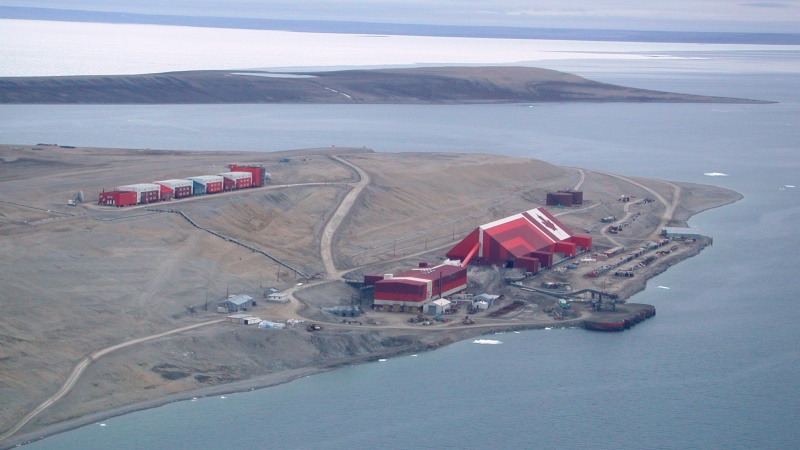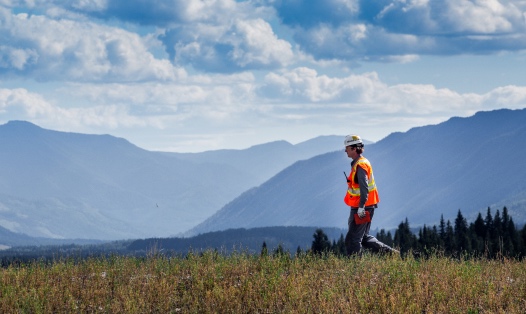A mine has a life cycle that is composed of a number of distinct phases: exploration, development (deposit evaluation, mine planning and construction), operation and, finally, closure, reclamation and post-reclamation monitoring.
At Teck, we focus on ensuring the highest standards of sustainability at every phase of the mining life cycle.Our Polaris zinc and lead mine, which operated for 21 years from 1981 to 2002, producing 250,000–300,000 tonnes of zinc and lead per year, is a good example of our approach to sustainability throughout the life cycle of a mine. Polaris is located on Little Cornwallis Island, in the Arctic islands in the territory of Nunavut, Canada. The cold and dry climate presented unique challenges during each phase of the life cycle, but also created opportunities to implement innovative approaches to sustainability.
Development
The design and construction of the mine considered the climate, the land, the sea and the environment, including flora and fauna, to minimize Polaris’ footprint.
We were an innovator in introducing modular construction to the north. The mine’s maintenance shop, power plant and concentrator were built as separate modules on barges and shipped intact to the site, thereby minimizing the impact of construction on the surrounding environment.
Operation
Polaris was designed to extract the maximum amount of use from every litre of fuel consumed during operation. For example, waste heat was recovered from the electrical generation plant and used to heat the facilities.
Throughout the mine’s operation, we built a respectful relationship with northern communities and provided benefits to the region in the form of both direct mine employment and economic activity in neighbouring communities.
Reclamation and Closure
Reclamation work was undertaken progressively during operations, well in advance of the mine’s planned closure in 2002. Prior to closure, we engaged with regulators and nearby communities to develop a decommissioning and reclamation plan for the closure that would address environmental and social considerations. This plan was aligned with territorial and federal regulations, and collaboration with local communities of interest was an ongoing part of the process. In keeping with our commitment to supporting local employment, an Inuit-owned company was one of the main contractors hired to implement the closure plan.
Reclamation work included the disposal of debris, dismantling of buildings, removal of the ocean dock and restoration of soil. Hazardous waste was shipped for disposal or recycling at certified facilities and the permanently frozen Arctic ground ensured there would be no contamination from landfill closure. Shorelines, roads and land were recontoured in order to return the land to a more natural state.
The final steps of reclamation were completed in 2011, but we continue to monitor Polaris in order to ensure the long-term success of our reclamation work.
This story first appeared in our 2011 Sustainability Report.

